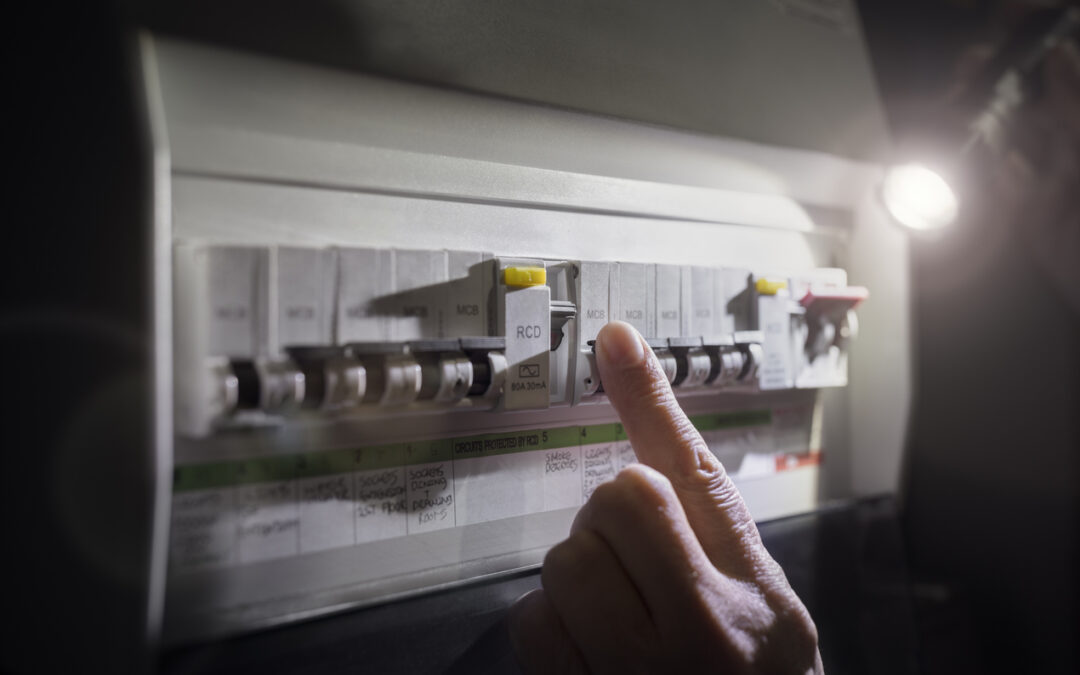During power outages, whether caused by storms, equipment failures, or other factors, a reliable backup generator can be a lifesaver. However, the seamless transition from the utility power grid to generator power is crucial to ensure uninterrupted electrical service. Generator transfer switches play a pivotal role in achieving this smooth transition, and selecting the right transfer switch option is essential for a successful backup power system.
Automatic Transfer Switch (ATS)
The Automatic Transfer Switch (ATS) is the most common and widely used transfer switch option. It is designed to detect power interruptions automatically and transfer the load from the utility grid to the generator without any manual intervention. When utility power is restored, the ATS switches back to the grid and shuts down the generator.
One of the significant advantages of ATS is its ability to provide uninterrupted power without any human oversight. This is particularly valuable in scenarios where immediate backup power is crucial, such as hospitals, data centers, and emergency response facilities. ATS systems are available in various sizes to accommodate different load requirements, from residential applications to large commercial and industrial setups.
Manual Transfer Switch
Manual Transfer Switches are a cost-effective alternative to ATS. Unlike ATS, they require manual operation to switch between utility and generator power. This means that during a power outage, someone needs to be present to start the generator and manually switch the load from the grid to the generator.
While manual transfer switches may not offer the same level of automation as ATS, they are a reliable and budget-friendly option for homes and smaller facilities. They are relatively simple to install and maintain, making them accessible to a broader range of users.
Load Center Transfer Switch
Load Center Transfer Switches are integrated directly into the main electrical panel of a building. These switches are designed to control specific circuits rather than the entire electrical load. Users can select which circuits they want to power with the generator during an outage, allowing for flexibility and cost savings by prioritizing critical loads.
Load center transfer switches are commonly used in residential applications, where homeowners may only need to power essential appliances and lighting during a power outage, rather than the entire house.
Managed Transition Switches
For applications where power quality and uninterrupted operation are critical, managed transition switches offer advanced features. These switches can monitor power quality, assess the health of the generator, and optimize the transition between utility and generator power. They are commonly used in sensitive environments like data centers, where even the slightest power disruption can lead to data loss or equipment damage.
A well-chosen transfer switch option ensures that your backup power system delivers reliable and uninterrupted electrical service when it matters most. Contact Brotherlylove Electric LLC to schedule a consultation or appointment today to learn more about generators. They are there to serve you.
